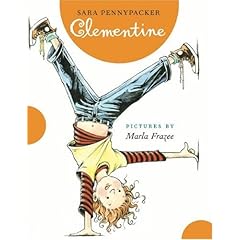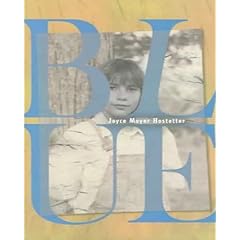Michael Arroyo, age twelve, and Moon Blake, age ten, both have the same problem. Each of their fathers has died and left them without a parent to take care of them. And neither of them wants to go into foster care. Mike’s brother, Carlos, calls government people “Official Persons” and distrusts and avoids them. He and Mike manage, with the help of a friend, to hide their father’s death from NYC Officialdom and live on their own, sort of successfully. Moon Blake, down in the backwoods of Alabama, also distrusts the government and tries to hide the death of his father.
 Heat by Mike Lupica and Alabama Moon by Watt Key do share a similar plot device: a young boy who has reasons to distrust the representatives of the state must figure out how to continue life on his own terms while navigating the adult world and avoiding both the well-meaning and the badly-intentioned interference of grown-ups. Finally, both boys must decide whom to trust and how much trust they can afford and how much help they need.
Heat by Mike Lupica and Alabama Moon by Watt Key do share a similar plot device: a young boy who has reasons to distrust the representatives of the state must figure out how to continue life on his own terms while navigating the adult world and avoiding both the well-meaning and the badly-intentioned interference of grown-ups. Finally, both boys must decide whom to trust and how much trust they can afford and how much help they need.
But there are some differences in the two books. Heat is set in New York City, and Michael’s father was a good man who died of a heart attack, unexpectedly leaving his boys fatherless. Michael does have his brother, Carlos, to take care of him, but Carlos is a minor, too, almost eighteen. The two boys are from Cuba, hence their lack of turst in the government, and they try to live in New York’s inner city on their own. But the adult world won’t leave them alone, and Michael finds out that even Little League baseball is played by rules that adults make and that kids need help to play the game. Michael know how to play baseball, but he doesn’t know how to take care of himself in New York City and neither does Carlos, really.

Moon of Alabama Moon, on the other hand, is much more prepared to take care of himself in some ways. His father is a survivalist, a believer in government conspiracies and in coming world war, and he’s taught Moon how to take care of himself in the woods. Moon knows how to hunt and fish, and build a shelter, and survive in the wilderness. He’s doesn’t determined to live free, just as he and his father did, but he doesn’t know what to do about all the people who won’t allow him to be on his own. And he doesn’t know how to cope with his own loneliness and isolation. Moon makes some friends after his father’s death, but having friends means living by society’s rules. Moon’s not so good at following rules made by other people.
Heat would be great book to recommend to baseball fans or kids who are interested in immigration issues or kids who read sports fiction in general. There’s lots of baseball description, but I found it fascinating rather than dry and technical. Michael’s difficult life and his father’s death are handled with sympathy, but nothing’s too dark or gruesome. Michael has friends and an interest in life (baseball) to keep him going. Even when Michael’s brother, Carlos, flirts with a life of crime in order to support himself and Michael, nothing too grim or dangerous happens. Carlos gets off with a warning, and the boys end up surrounded by love and support from friends.
Moon, the character, ends up OK, but the book Alabama Moon is much darker and more frightening than Heat. I liked Alabama Moon very much, but I wouldn’t recommend it for middle grade (3rd-6th) readers. It does feature a ten year old protagonist, but the subject matter and tone of the novel would be more appropriate for young adult and even adult readers. Moon’s father is mentally disturbed, and Moon must come to terms with the rest of the world after living his first ten years in isolation with only his eccentric father to teach him. The book also has a villain, a redneck Alabama constable who is just as mentally unbalanced as Moon’s father was. Alabama Moon is a dark and violent story in spite of its happy ending, and it raises questions that would be difficult to answer at the level of ten, eleven, or even twelve year old child. I know that Karate Kid (age 9) and even Brown Bear Daughter (age 12 today) would have trouble understanding why the father in the story was so distrustful and even mean to his own son and why the constable is so violently determined to capture Moon.
So, here are two great books with similar themes, one appropriate for boys (and girls) up to age twelve or thirteen, and the other for mature young adults who are beginning to understand that parents aren’t perfect and that some have serious problems. I was quite impressed with both books, and I’ll be looking for more from each of these talented authors. Both of these books were nominated for the Cybil Award for Middle Grade Fiction.










